



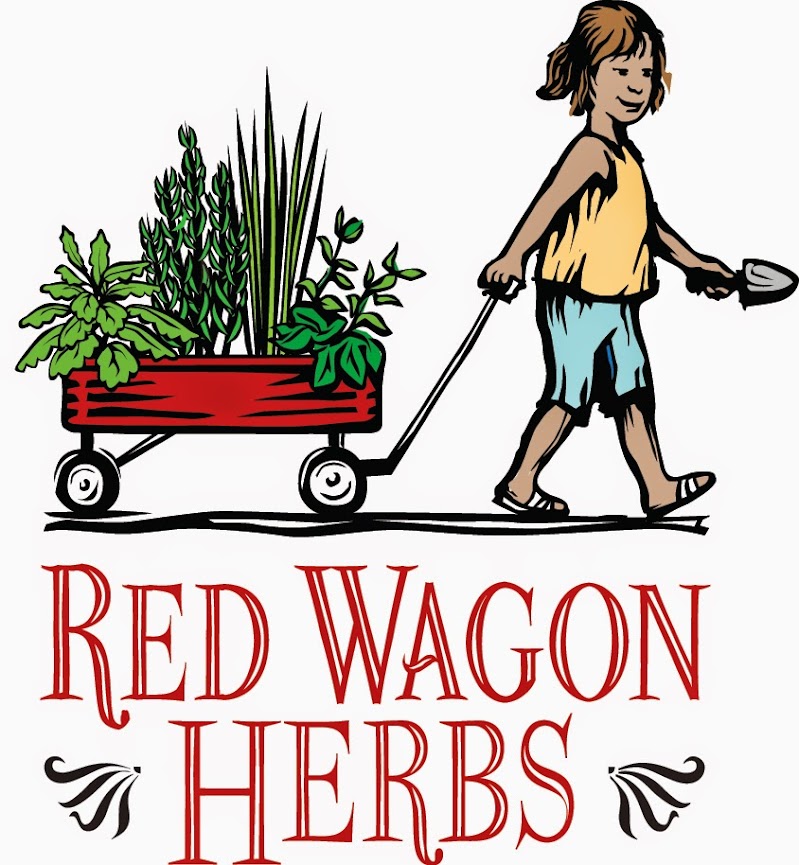
What's a greenhouse grower to do when the spring season winds down and there is still plenty of great weather for summer growing and the greenhouses are empty? Well, start a new business, that is what. We are so happy to introduce to you our new sister business, Red Wagon Herbs. We are growing Certified Organic herbs for year round harvest and selling to local stores, restaurants, and food hubs. Our focus is on the popular culinary herbs for now, but we are likely to branch out into the more unusual once we have had a chance to explore our markets and have gotten familiar with our new growing practices. This is a perfectly natural extension of our plant business since we already partner with fantastic stores and we love to grow herbs more than anything else. As a matter of fact, the plant business, in its earliest days, was just a potted herb business. In a way, we are going to back to those days and loving the continuity, evolution, and expansion.
Our herbs are grown using three different methods: in the ground for summer and fall harvest, in a new, unheated greenhouse (paid for in part by a grant from NRCS EQIP) for fall, winter and spring harvest, and in our existing, heated houses for those coldest months. We are excited to be the only Vermont farm offering organic herbs year round and hope you enjoy cooking with them as much as we enjoy growing them.
Please be on the look out for an Open House this fall so we can show you what we have been up to and give you a chance to smell, touch, taste, and see it all.
I am always amazed at the resilience of plants. In spite of the most difficult conditions (weeks of drought, weeks of rain, weeks of cold, or all of the above, as we have had this year) some manage to grow green leaves and flowers and fruit even. Although our gardens may be soggy, and some plants luckier than others, a walk into the garden always fills me with hope. For there the plants stand, as sturdy as ever, even after thrashing rain and storms that force drivers to the side of the road. No matter how bad they've been beaten down, they turn every available leaf to the sun when it returns. We may complain to each other, but the plants do not complain. Here and there they whisper their desires - a yellowed leaf signals hunger, the morning glory quietly clamors for the trellis, the peas croon to be picked. But at the end of the day we go to our gardens for solace, for the prospect of a meal and the reminder that singly we may be vulnerable, but together we are strong.
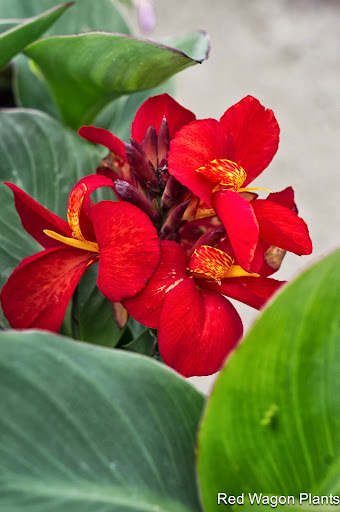
Canna lilies

Hollyhocks

Moth and Scabiosa

'Raspberry Swirl' Dianthus

Malva 'Zebrina'

Luffa flower!

'Crazy Daisy' Leucanthemum

'Apricot Sparkles' Daylily
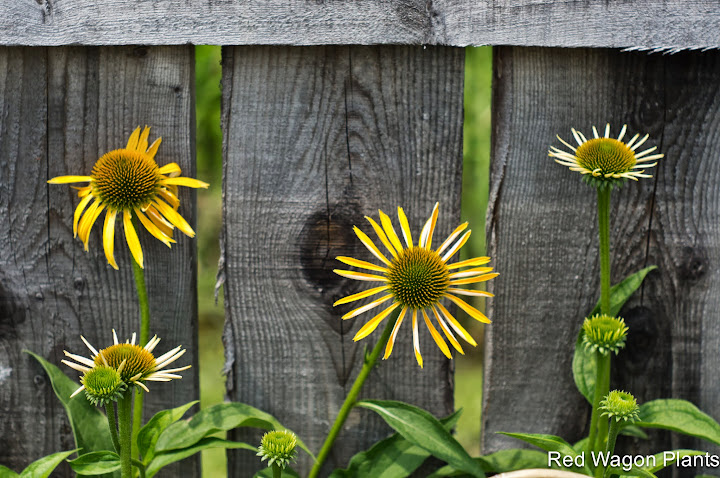
'Harvest Moon' Echinacea

'Origami Yellow' Columbine

'Zulu Prince' Cape Daisy
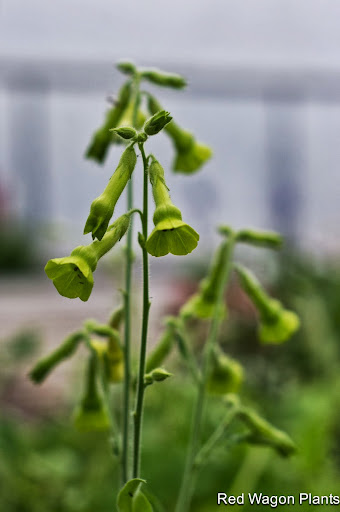
Nicotiana langsdorfii

We decided that gardeners should wear their strong arms with pride!
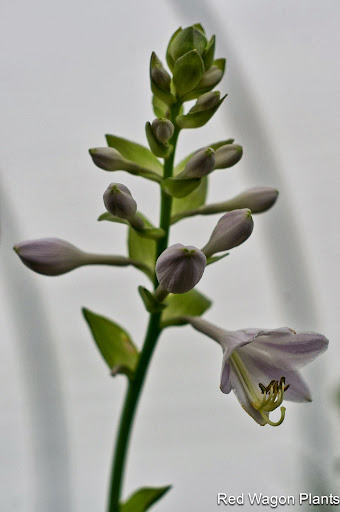
Hosta in bloom!

Dancing nasturtiums

Dr. Seuss' favorite: ageratum
~ Sophia
I have made hundreds of signs. Signs for plants, called benchcards, that tell you how to care for the plants and the myriad special characteristics they have. Attributes signs, directional signs, open and closed signs, A-frame signs, hand-painted and computer generated. Together they make up a jumble of information, but individually they are meaningful, making each species or cultivar stand out from its neighbors. Each benchcard is like a glimpse into the world of that variety...you walk up, peer in, and for a moment your imagination builds a picture of how that plant will look or smell or taste in your own world. The signs turn a greenhouse full of plants into a sort of museum, where each variety is given its own little spotlight in which to shine. Whenever I make signs I think of my Grandfather. He was a skilled painter, mainly watercolors; an interpreter of landscapes and streetscapes from vibrant African villages to the curve of a beach in the Bahamas. He could convey the essence of a place with such minimalism, a tiny brush mark here, a bit of white left showing somewhere else. When he died we held an art show in lieu of a memorial, which entailed going through all of his work and deciding what to display. To our amazement, we found that many pieces had a painting on both sides of the paper! So little was his regard for his own work that he could not be bothered with finding a fresh sheet. And, not surprisingly, he never sold many of his paintings. On the other hand, he was commissioned for many pieces - illustrations for children's books, advertisements, and - you guessed it - signs. It is easy to take commercial artwork for granted, but I don't think his ever was, such was the level of cleverness, creativity, and precision apparent in each of his pieces. While his signs had the clear mark of a trained and talented artist, mine have only a shadow of that mark. But they are made with love, with his memory cherished in my mind, and I hope they bring you closer to the plants in the same way they keep me close to him.
~ Sophia

There is nothing quite like stepping out into the early morning of a sunny day. Everything glitters as though it were coated in diamonds, and the plants look so fresh and thirsty for the day to begin. Just as after a heavy snowstorm the shapes of the plants are exaggerated, so are they on a summer morning, when the shadows are deep enough to fall into and their texture stands out in sharp relief. Here are some images from one such morning in our garden...

I have decided that if the vegetables were to have a beauty contest, eggplant would win.


Dew on the Spinach

Lacinato Kale

The rosy blush of French Breakfast Radishes
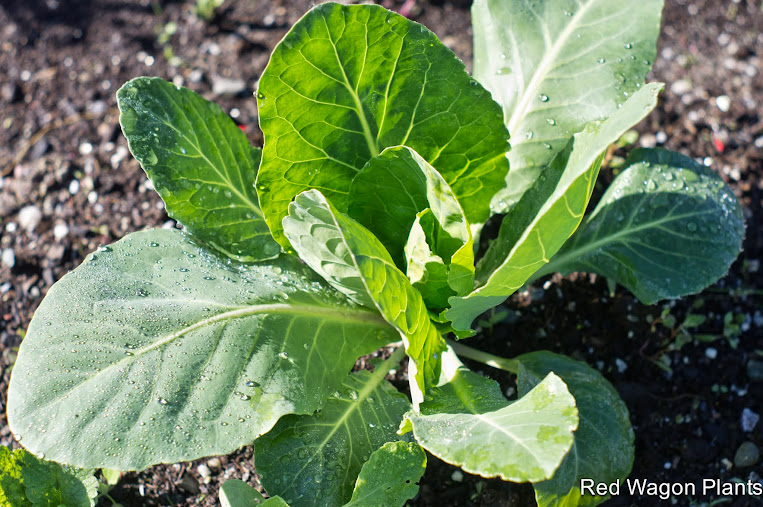
Cabbage

Chicory standing at attention

Red cabbage seedlings

Your source for little known herbs! This is Red Shiso, a cinnamon and clove-flavored herb often found in sushi

Rue, the "herb of grace"

Valerian, the herbal medicine chest

White Sage, a plant that grows wild in California and is tied up into smudge sticks

These cute succulents make great patio and houseplants

This year we have some really beautiful perennials, like hibiscus, featuring dinner plate-sized flowers

'Hot Papaya' Echinacea

'Strawberry Flair' Iris

'Banana Cream' Shasta Daisy

'Raspberry Regal' Coral Bells

And Eric built us this beautiful shade structure to house them in!

Here he is putting on the finishing touches: a slatted roof!

One of our insect friends sampling the Saponaria and Korean Lilac

~ Sophia
One of our friends came into the greenhouse today and said to me, "Well! The retail house is like a hive of industrious bees!" We are blessed by a hard-working, talented and productive crew that come to work smiling, rain or shine to bring healthy plants out into the world. But more than that, I've been realizing, we come to work to connect, to talk and share our stories, to laugh and feel a part of a community. And what a community we have! When hundreds of plants and the people that care about them come together, something amazing happens - neighbors who have never met before become friends, old and young teach and help one another, and children receive their first few seeds of plant knowledge. It seems that among the many important roles of plants (like turning CO2 into oxygen and feeding us) they also act as glue for our community, cementing it and making it strong.
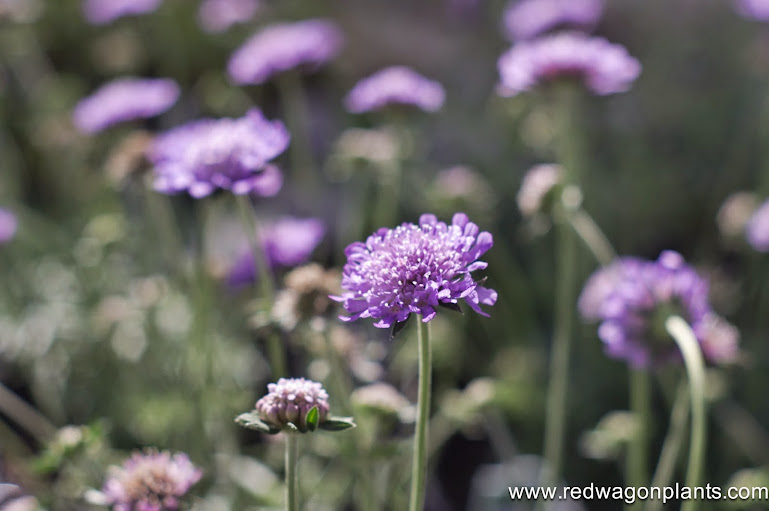



















Hooray for warm weather and sunshine!
Happy gardening,
Sophia
Earlier this week, I went away for a total of 48 hours. This is astounding for a couple of reasons. Not only because it is May, and who do I think I am going away for a whole two days while trying to manage a greenhouse business. No, it's astounding because of the way that I came home. I landed. I arrived. No stress, no jumping into a chaos of activity, no guilt at being gone, no extra work piled up. I came home to a busy crew doing everything well and calmly. I came home to happy customers loading up on plants while wearing big smiles. I came home to a feeling that all is right in my little world. Two days off in May is hard to pull off in this line of work, but what helped me so much was that everyone who works here knew what to do, they made smart decisions and I am sure they handled problems with grace. So, thank you, crew.
I also came home to a garden. I love my garden. The moments in the garden are rare and precious for me in May, but the first thing I did when I got out of the car, was go up to the large garden above the barn and finished planting a bed of strawberries. I harvested an armful of asparagus, collected the 4 eggs the hens had laid, picked a handful of chervil and flat full of mache, and I got to work making dinner. I looked at my haul, as the sun was setting and felt embraced by the bounty.
We ate late. We ate well.
Makes enough for dinner for 3 and leftovers for everyone's lunches.
Add to the blender:
We ate this lovely egg salad with toasted Pain de Mie (or Pullman Bread) from Scratch Baking Company in South Portland, ME and the asparagus was steamed and cooled, served on the side, splashed with some lemon juice.
Mache is also know as corn lettuce. It is a cold hardy green that germinates only in cool temperatures. We grow it in flats in the greenhouse in the winter and gorge on it from late March to late May. It is a sturdy green with a nutty flavor, and it is eaten as a whole plant, washed well under running water, and dressed lightly with hazelnut or walnut oil and a good sea salt - fleur de sel, Maldon, or sel gris. The small plants have a really interesting texture and a rich flavor that is perfect this time of year when one craves green and fresh.
To the garden, the hens, and the amazing crew at Red Wagon Plants, thanks. You make life pretty, tasty, and lovely.
-Julie


With all this sun shining lately, the plants couldn't be happier! Everything is blooming like crazy, the trees are leafing out a mile a minute, and the greenhouses are a flurry of activity. With so much going on, we have to remind ourselves to stop and smell the flowers, breathe in the spring air, and get our hands dirty in the garden. Here are a few snapshots from the last week at Red Wagon...




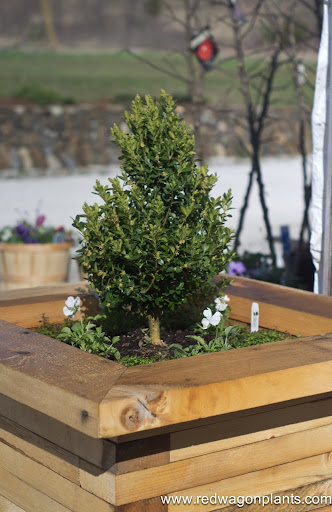








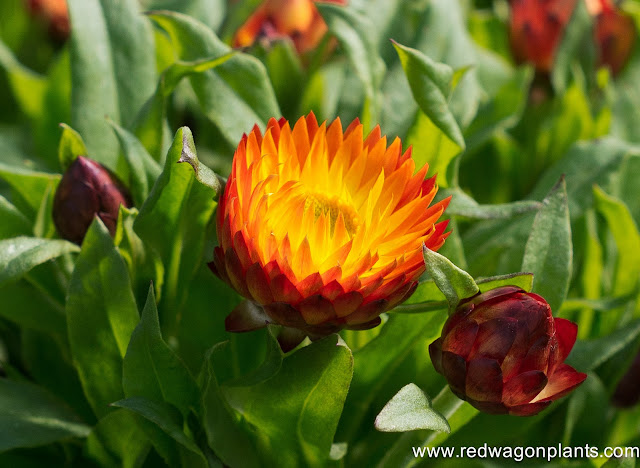




What's blooming in your garden?
~ Sophia

There is so much beauty in our greenhouses right now! One of the things that always strikes people when they walk in is the smell of thousands of flowers. It's so sweet and fresh, truly a wonderful sensation. And a photographer's paradise! Here are some of the unique offerings gracing our greenhouses before they go out into the world...
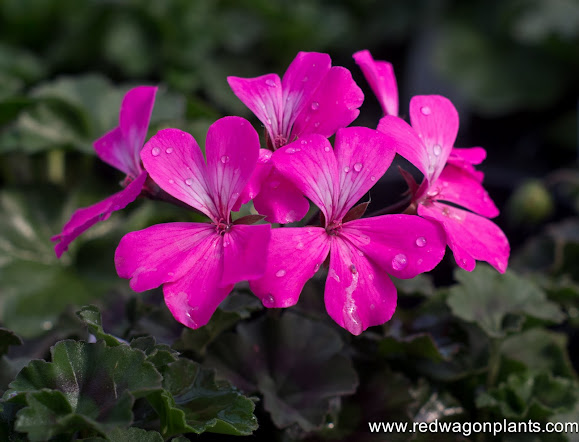












Happy Gardening!
~ Sophia

We are so grateful to everyone who came out last weekend to enjoy the flowers, sunshine and fresh air inside our greenhouses. It was one of those glorious days that gave us confidence in the return of spring and reminded us how much everyone (not just us) is looking forward to it! In case you missed it, here are a few glimpses from our moment in the sun...
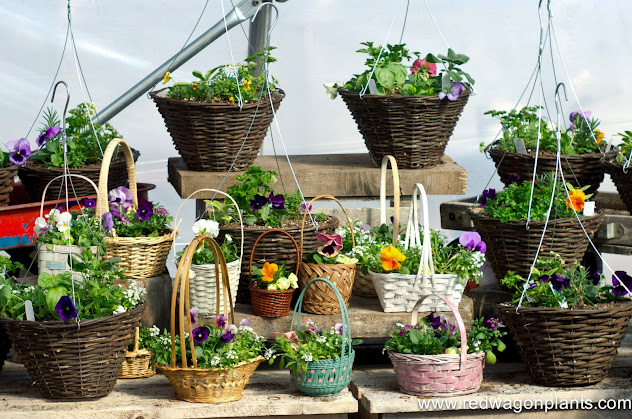












There's more to come! Opening day (April 19th) is right around the corner....
~ Sophia

Hurrah! It's that time of year again and we're back in the greenhouses getting our hands dirty. And even though the air is filled with snowflakes outside, we'll let you in on our little secret - spring is just around the corner! Here are some of the first plants we're potting up in our cozy greenhouses.













Join us for some early plants, refreshments, and to wander our sunny greenhouses at our Open House on March 30th!
~ Sophia
It's time to think spring and what better way than to share pictures of our gardens? We think all garden photos deserve to win, so this is not a contest in the traditional sense since we will select the winner randomly on Monday, January 31. The prize? A $20 gift certificate to be redeemed at our Hinesburg greenhouses. Send your pics to us via email (julieATredwagonplants.com) or post to our facebook page. We will publish all the photos on our website and create an album on Facebook. What could be more inspiring than thinking about what is under the snow, patiently waiting to push through. Keep warm and dream on!


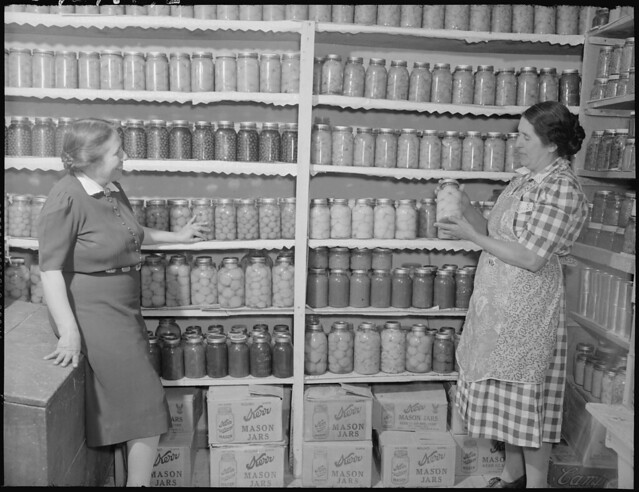




Does your counter look like this during tomato season? Do you feel pressed for time, don't want to be indoors too much with the canning pot, yet hate to see a single precious tomato go unused? Well, I can relate. I love to eat tomatoes in winter, the ones from our garden at least, but I don't love spending all that time indoors, canning and fussing. I have been trying something new this year, and I want to share it with you just because I think you will really like it.
I have been roasting the tomatoes in a hot oven, peeling them, and then throwing them in ziploc bags for the freezer. This gives maximum taste for minimal work. I know you can just throw raw tomatoes in bags and throw those in the freezer, but then you are left with watery, ice shattered, flavorless blobs. I prefer to let the oven do a little work to concentrate the flavors and then have an item to pull out of the freezer that tastes special, an item that has some flavor layers already built in. I used to make this with olive oil and garlic and herbs, but realized that I can do a simpler version with naked tomatoes that is quick, easy, and lends itself well to the preserving process.
Roasting tomatoes is super easy.
You just lay out some paste tomatoes (it works with other tomatoes too, but the cooking time will be longer since they are more watery) in a single layer on a cookie sheet. Pre heat the oven to 400F. Don't add anything - no oil, salt or anything else. We are just going for tomato flavor here. This will allow you to really customize your dish the way you want it when it is time to use the tomatoes in winter. Slide them into the hot oven. Wait 30 minutes.

After 30 minutes, take them out of the oven and flip them over. Tongs are handy for this process. If they have released a lot of water, you can drain off some of it, carefully, in the sink at this point.

Then they go back in the oven for another 30 minutes. The beauty of this recipe is that you don't have to watch over them. There is alot of what is called "passive time" in cooking and this method is chock full of passive time- I love that I can be doing other things while this is going on.
When they are done roasting, I turn off the oven, walk away and ignore them for a while until they have cooled down or I am done whatever project I started or wait until even later that night, when it is dark and the late summer sunshine is no longer tempting me out of doors. Then it is time to peel them. Just cut the tops of with a small serrated knife, and the skins just slip off in one or two quick motions. It is super simple. The fleshy, juicy, thick tomatoes have been reduced to a lovely consistency and can just go into freezer bags at this point. I usually get two quart bags out of one cookie sheet;s worth of tomatoes.
So then what do you do with all those frozen tomatoes? Sauces, soups, stews,vegetable sautees, pizza, lasagna, and more will all benefit from these. Anytime a recipe calls for whole canned tomatoes, you can substitute these. I will be posting recipes using these tomatoes throughout the winter, so if you find yourself with a good supply and a lack of ideas of how to use them, check bag for some tips. Enjoy!

Sophia and Lily visited Lori and Doug's garden this week to take some pictures and get an update on how all those plants are doing in their new raised beds. The garden looks beautiful, and Lori and Doug, gracious as ever, are so pleased with their abundant harvests. A few lessons have been learned along the way in this garden's history, which you can read about here and here.

The garden is a great example of how colorful and varied a vegetable garden can be. Here an array of lettuces, marigolds, chard and kales co-mingle to create a carpet of textures, colors, and flavors. This is a perfect example of how edible gardens are also ornamental and can be featured in the center of a landscape.

Doug and Lori did a tight spacing on their potatoes at planting time, so they decided to hill with straw since there was not enough room to hill the sides of the plants with soil. This should lead to good yields, helps retain moisture and keeps disease pressure down.

They carefully stripped the plants of blossoms in the spring and are awaiting next year's harvest. By taking off the blossoms in the first year, Lori and Doug were able to help the plants concentrate their efforts on producing the lush green growth you see in the picture. A raised bed is a great way to go with strawberries - it keeps the plants under control so that they do not spread into neighboring plants, the strawberry plants have better air circulation (therefore less disease) and it keeps the berries clean.

On a recent trip to Tuscany, Lori and Doug spied this trellising system and were able to re-create it at home. Anytime tomato plants are trellised from above, they will grow strong, tall and the fruit will be blemish free. This is the method used by greenhouse growers and in field production on small farms that really care about quality.

This small 4' x 4' bed provides plenty of space for herbs used daily in the kitchen as well as a few edible blossoms such as calendula. Lori makes a fantastic herb salt by very finely chopping sage or rosemary and mixing it with a good quality sea salt. This herb blend is great on hard boiled eggs, fish, salads, grilled meats.....pretty much anything you can think of. I felt pretty lucky when I was given a jar and have been carefully parsing it out ever since. It is also a great way to preserve herbs for winter use since the salt acts as a natural preservative.




Spaces were cleared out as crops were harvested which meant that new plantings had plenty of room to grow. The space in the back corner is being reserved for another fall planting. Lori just called today saying that she is ready to do a round of fall crops - this will include lettuces, greens, cabbage, and some cold hard herbs such as parsley, cilantro, dill. It is always a good idea to clean up gardens regularly so that old or sickly plants don't take up space that could be used for new, fresh plantings.
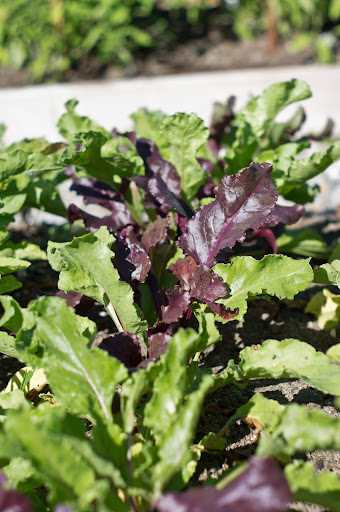
We just love the mixed beet plantings....the mixture of golden, cylindrical and regular beets makes for great salads.

These broccoli side shoots will keep producing into early winter. We only select varieties that produce lots of side shoots. Often one four pack is plenty to keep a small family in broccoli all summer, fall and early winter.


These peppers are great for stuffing. They have a wide, flat bottom and a large, hollow cavity. An herbed rice or a curried couscous is a lovely thing to pair with these beauties.

These are huge and lovely, and making me a bit jealous since the ones in my garden are small and not very happy.






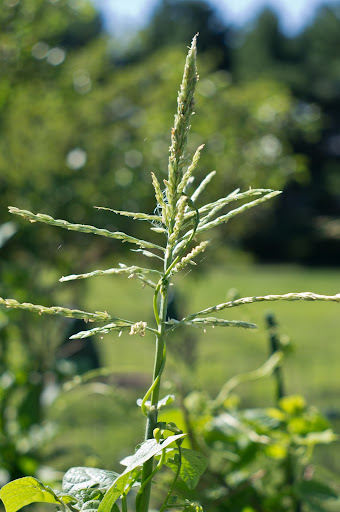

















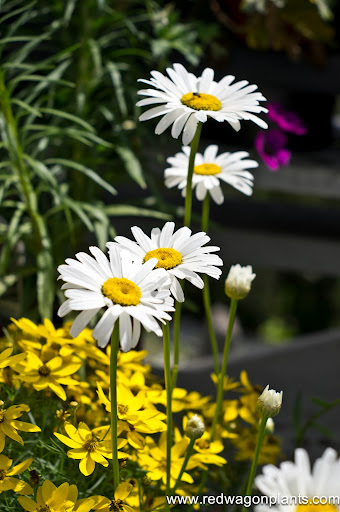












Before you start worrying about the fungal diseases that affect many garden crops this time of year, consider brewing up a batch of fermented compost tea. It is cheap, easy to make, and can protect your plants as well as help them out if they’re already suffering. Compost tea has been studied around the world and has been found to reduce fungal diseases by 50 to 90 percent. What do I mean by fungal diseases? These are diseases spread by spores (like microscopic seeds that germinate on leaf surfaces) and are encouraged by warm, wet conditions. This is why plants that have smooth or waxy leaves are less likely to be infected than plants that have textured or hairy leaves (which hold water). Common fungal diseases include:
While not fully understood, compost tea is believed to be beneficial for several reasons. Fermentation creates a healthy community of fungi and bacteria, which may outcompete fungal disease and help support a plant’s natural defenses. It also contains nutrients, which can be absorbed through foliage.
To make compost tea, mix one part mature compost that contains manure with five parts water. Allow the mixture to sit in a shady place for two weeks (it may become smelly!) Filter out large particles through cheesecloth, then spray on tops and bottoms of leaves every two weeks. The mixture will help reduce spreading of spores by infected plants, and can prevent infection of healthy plants.
- Adapted from The Gardener’s Guide to Plant Diseases, by Barbara Pleasant
From Julie.... There are a few garden and farm writers out there that move me to no end. I have had a fascination with homesteading literature since I was a little girl and still to this day I love to pour over books, catalogs, websites and blogs that have to do with growing food, living off the land, making do with things that are around the house, etc. Within this genre, one of my absolute favorite writers is Jo Ann Gardner.

She has written eloquently about the plants she loves for decades and I have poured over some of these books countless times. She and her husband were once back to the landers in Nova Scotia, far off the beaten path, and were able to make a livelihood for themselves in a very short growing season and on very challenging soils. Her writing reads like a series of love letters to a set of handsome, rugged plants that got them through tough times. I am absolutely honored to have Jo Ann visit our greenhouses this Saturday and to share some of her plant knowledge with us. She now lives across the lake, in Essex, NY and is active in gardening efforts at home and at a local senior center. Her talk on Saturday will focus on how to use herbs in pots and containers around the home. I am sure she will bring along her wit, thrift, and cleverness and we will all be a little richer for it.
Brown Dog Books in Hinesburg is carrying her books, and they will set up a table at our greenhouses on Saturday for those of you who may wish to purchase one or two. But be warned - Jo Ann's writing will fuel the fires of any gardening addiction. Also present on Saturday will be Jess Bongard, of Sweet Lime Cooking Studio. She will be bringing us some herb treats to sip and snack post-workshop. Coincidentally, Jess is teaching an herb class in her home kitchen on Sunday. You can read about it here. A group of us are going from Red Wagon, making it a party, I am sure.
I like June. The bulk of the spring planting is done. The porch is swept off, and it is just the right time to sip a lemon verbena iced tea, make a lovage and butter sandwich, and gaze lovingly at all the herb pots surrounding the patio. I hope to see some of you this Saturday. Psst...there are only a few slots left, so please call or email to register.
There's been no shortage of excitement this week! The sweet potato slip sale was a great success (and we still have some left, if you missed out). Saturday was extra amazing because of the delicious treats whipped up by Jessica Bongard of Sweet Lime Cooking Studio...seriously, this girl rocks, and if you haven't checked out her cooking classes, you should! We're also having a sale: hanging baskets are buy one, get one 50% off, and shade perennials are buy one, get one free. So come get 'em before they're gone!
